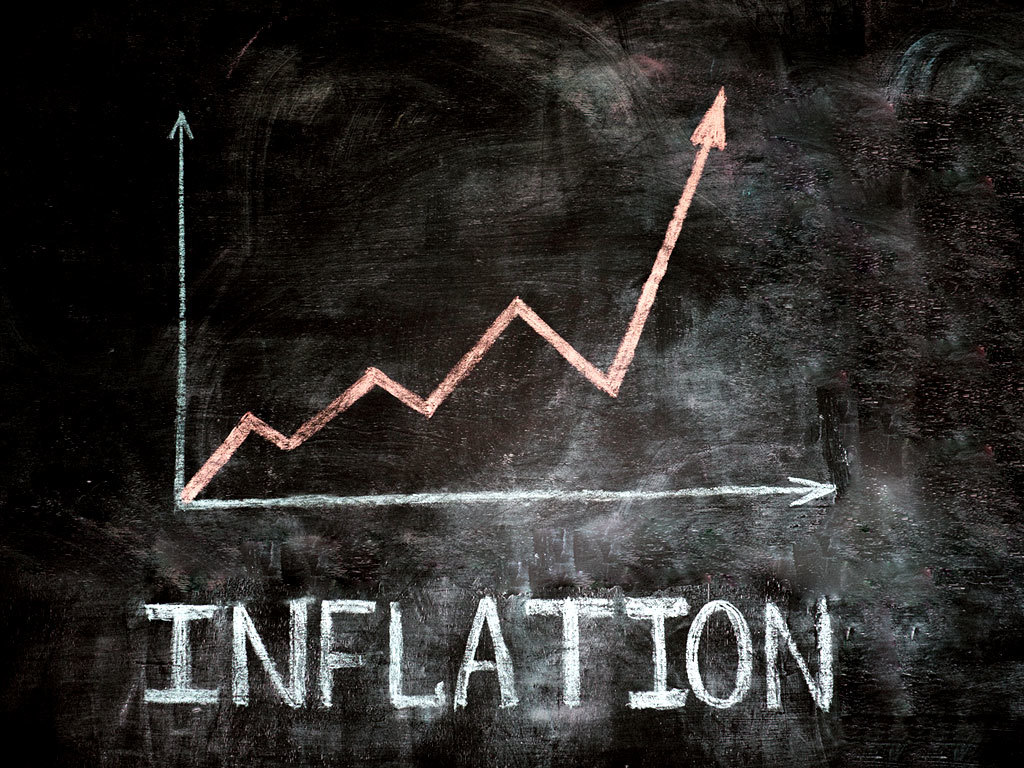The headline inflation is giving a second surprise (shock) in the last three months. Inflation at 9.04 percent has beaten the analysts’ forecast of 8-8.7 percent. Higher monthly increases (especially in July: 2.5%; and Sep: 1.5%) have eaten up all the high base effect of previous year as this is creating a new high base. The higher momentum of CPI is likely to continue in Oct – based on last two weeks’ readings of SPI, and October being a month for quarterly house rent index computation.
Food inflation is a concern – 87 percent of September’s CPI increase is attributed to food. Within it, 55 percent is due to perishable food items whose weight in CPI is a mere 5 percent. The prime reason for this rise is due to food supply chain disruption which cannot be addressed through monetary policy.
The divergence between rural inflation (11.1%) and urban inflation (7.7%) is increasing as food inflation in rural at 15.8 percent is much higher than urban at 12.4 percent. The previous CPI base was purely urban base; in new base, there is an upward bias based on recent trends. This bias can go the other way round as well.
Urban core inflation is standing at 5.5 percent while rural is at 7.8 percent. This is depicting that the demand side pressures are tamed in urban communities. With better income in rural areas due to good wheat procurement mechanism and excellent transmission of Ehsaas programme, there are some demand side pressures. But due to COVID related slowdown, the urban demand is visibly depressed.
The question is: how will policymakers react to this unexpected high inflation. Well as long as inflation is due to food and other supply side disruption, work is required to fill in the gaps through administrative measures by federal and provincial governments. There is nothing much the State Bank can do to bring down the prices of tomatoes, potatoes, onions etc.
The forecast is altered. FY21 average could well be at 8 percent – right in the middle of SBP’s projection of 7-9 percent. Forget about further monetary easing. It is increasingly likely that policy rate changes direction in 2021. Afterall, how long can the SBP run negative real interest rates. Real interest rates are minus 2 percent and based on forward looking inflation (FY21), the real interest rates are minus 1 percent.
The SBP is gradually changing its inflation anchor in the backdrop of COVID and changing global thinking on inflation targeting. The Governor mentioned in a CFA event on Friday that the output gap is still negative which means there are no demand side pressures on inflation. The recent upsurge in inflation is due to supply value chain issues – these were earlier addressed by the government in Dec-Jan, and perhaps will be dealt again in a similar fashion.
This talk by the Governor is clearly showing that the SBP will continue with negative real interest rates as long as the output gap is negative or as long as growth in industrial and farm raw material prices is in red. In simpler words, the SBP is keener on looking at core inflation. This is a shift from earlier policy (May 2019 to March 2020) where SBP was targeting the headline inflation.
The interesting fact to note is that output-gap was negative in FY19 and FY20 as well. In fact, barring FY18, all years since FY15, the output gap was negative. If there was no demand side pressure, what was the need of higher policy rate. The reason is to be seen from current and fiscal account deficits. These were out of bound – especially non-oil current account balance and fiscal primary balance. Now these two are in control, and there is no need to manage these through monetary policy measures. As long as twin deficit is in control, negative real interest rates can be managed.

























Comments
Comments are closed.